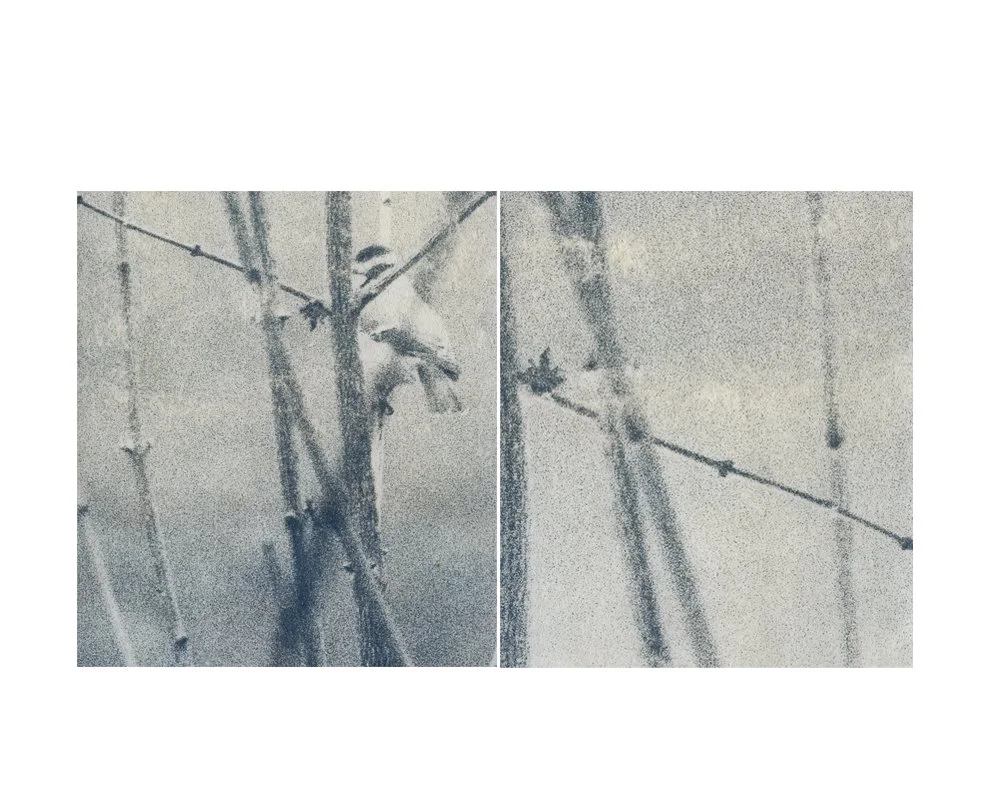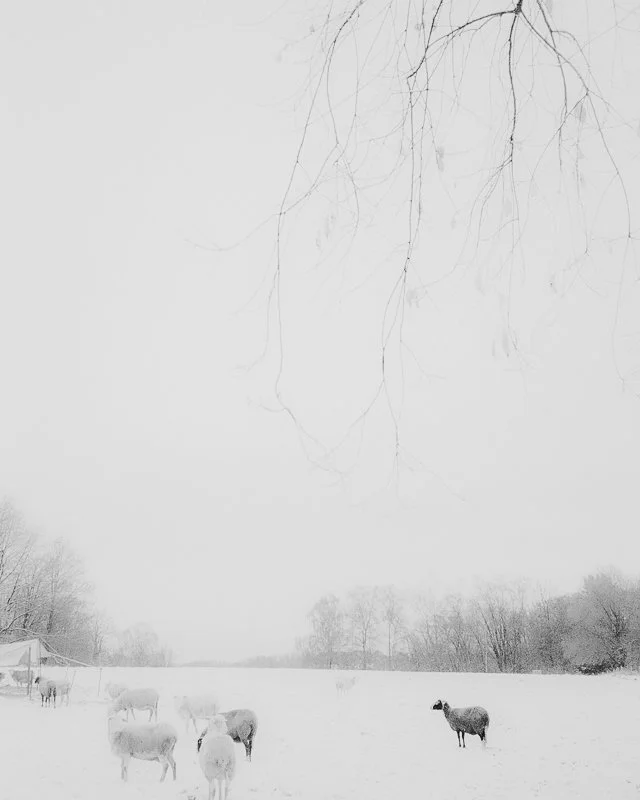Houses Grow Faster Than Mushrooms
(2024-ongoing)
This project focuses on a nature reserve located south of Brussels and explores the tensions between nature, community, and development over time. Key ecological sites such as the Avijl Plateau, the Kauwberg Reserve, and the Geleytsbeek River are at the heart of this visual investigation. These spaces reflect ongoing human efforts to inhabit, master, and reshape the territory, to control, cultivate, and reclaim it. The visible traces of these interventions, from paths to fences to construction zones, overlap with the rhythms of the natural world.
The project takes a long and patient look at the landscape, through the seasons, daily fluctuations, and the evolving patterns of habitation and appropriation of the territory by people. It captures not only the physical changes, but also the emotional and symbolic weight of these places. How do we live in a space? What remains when we try to shape it according to our needs? And what is lost?
These places, both wild and inhabited, bear the marks of a complex past – military testing grounds, suspended development zones, autonomous spaces where vegetable gardens and huts trace another way of living in the city.
Each photographed fragment – flattened grass, a fence, a ruin, a tool, a footprint – becomes evidence of a dialogue between man and place. The aim is to observe these “minor” landscapes, not as residues but as territories of experience and meaning. This approach questions the trace: what remains, what resists, what transforms. Echoing Georges Didi-Huberman, photography here does not seek frontal representation, but rather to highlight the friction between the living and its history. Thus, the territory is envisaged as a sensitive skin, where memory is deposited in layers.
Between buried memories and the survival of nature, the photographic work is constructed in the manner of an archaeological excavation, bringing together fragmentary images that bear witness to the past of these territories. The project takes shape through a photo-plastic work combining cyanotypes, papers buried in the ground and experimentation with the properties of fruits from these explored areas (blackberries, wild berries such as spotted arum and sloes) on the photographs. These processes, subject to the natural conditions of the environment, make the landscape and nature co-authors of the images, living proof of the passage of time - an exchange between matter, light and memory.
Through this experimental approach, this project seeks to reveal the discreet forces that inhabit the territory—those of life, memory, and slow transformation—and to question how we coexist with a landscape steeped in history.






















